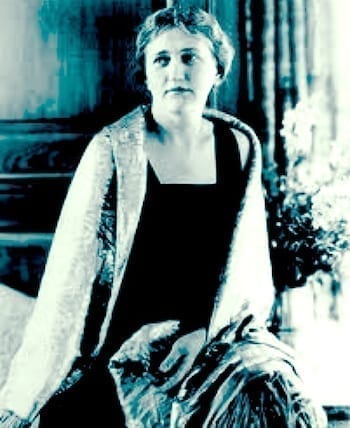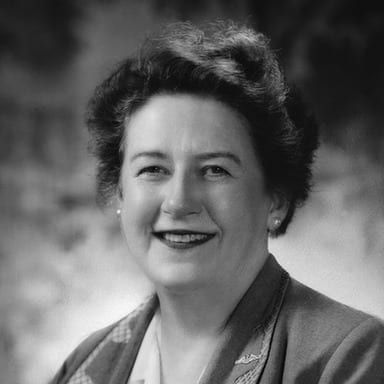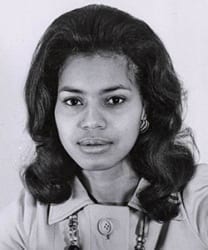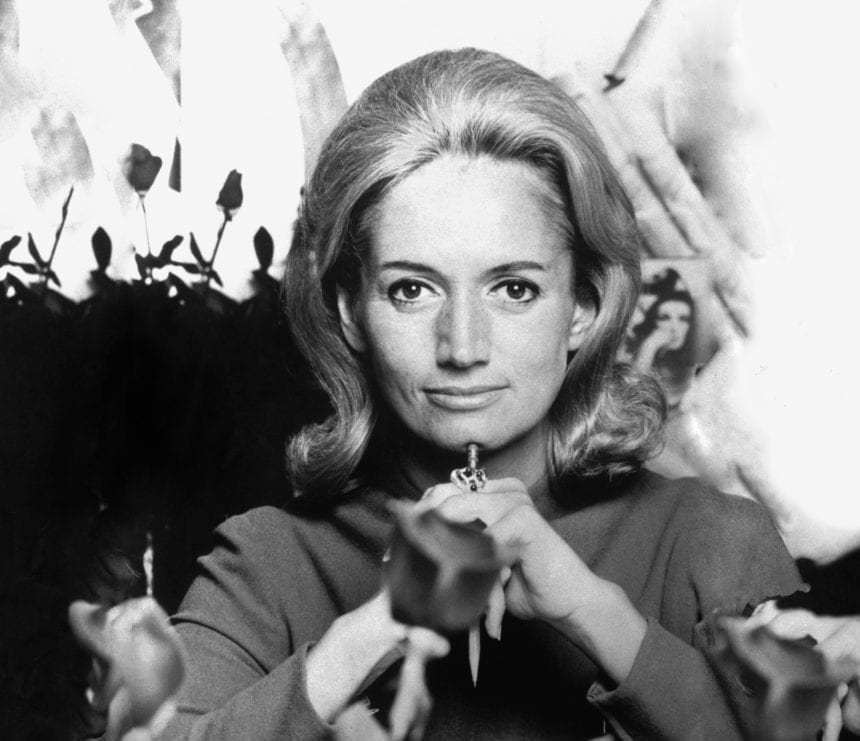Have you ever wondered about the history of women in marketing? Women’s history is something that is incredibly important but often gets passed over. The history of women in marketing is just as important as the rest of history. Women’s History Month did not get nationalized until 1980, and women have only had the right to vote for 101 years, which is a concise amount of time when you think about it. The marketing industry used to be male-dominated, but as of 2019, women working in the industry was at an all-time high, with 64% of the industry made up of women. Women have had a long history in marketing, dating back to 1880, and as time continues, we will only see more women entering and thriving in the industry.
In honor of International Women’s History Month, here is a brief history of women in marketing.
5 Female Pioneers in Marketing
Mathilde C. Weil
In 1880 Mathilde C.Weil started the M.C. Weil Agency 20 years after the Civil War and years before J. Walter Thompson started his agency, J. Walter Thompson Co., which received recognition as the first advertising agency. There isn’t much information surrounding Weil’s agency, seeing as women didn’t have any rights, and the male-owned company likely pushed her out of the spotlight. Though there isn’t much information about her, she paved the way for the women who succeeded her. Weil died in 1942 and she was not inducted into the Advertising Hall of Fame as it was not established until 1948.
Helen Lansdowne Resor

J. Walter Thompson hired Helen Lansdowne Resor, and she became the first female copywriter. She created the “A skin you love to touch” ad for Woodbury in 1917 and is said to be a pioneer for the editorial style advertising we have today. The ad also created quite a scandal with its sexual connotations. Resor is known as the first woman to design and implement a national advertising campaign and she was inducted into the Advertising Hall of Fame in 1967, three years after she died.
Bernice Fitz-Gibbon

Bernice Fitz-Gibbon is the creator of the Macy’s ad, “It’s smart to be thrifty.” Fitz-Gibbon worked her way up in the industry and became one of the retailer’s most highly paid employees. She introduced fashion show demonstrations and lengthy newspaper ads into department store advertisements. She worked at Macy’s for 12 years before resigning in 1954 and starting her advertising agency. This agency would go on to help many women start their copywriting careers as well as be award-winning. Fitz-Gibbon believed that her most significant accomplishment in advertising was using ad space usually reserved for information about stores to write small editorials to improve the image of Macy’s, Wanamaker’s, and Gimbels. She was inducted into the Advertising Hall of Fame in 1981 and she died in 1982.
Caroline Robinson Jones

Caroline Robinson Jones was a prominent woman of color in advertising. She was the first Black senior copywriter at J. Walter Thompson Co. During her time at the agency, Jones rose to a creative director position after starting as a secretary and copywriter trainee. In 1968 she left J. Walter Thompson Co., after working there for nearly a decade, to join Zebra Associates, one of the first Black-owned advertising agencies. While there, she rose to the rank of Vice President. Jones was the first Black female Vice President of a major agency. Along with that, Jones had a hand in launching many Black-owned ad agencies along with her own and created Kentucky Fried Chicken’s “We do chicken right.” slogan. She launched her agency in 1986, but before that, she worked for well-known national names such as American Express, McDonald’s, and Toys R Us. Caroline Jones was a force to be reckoned with and paved the way for future generations. She is the only woman in the list to not be inducted into the Advertising Hall of Fame, likely due to her race, and she died in 2001.
Mary Wells Lawrence

Mary Wells Lawrence was the first woman to be CEO of her own agency. That agency was also the first agency with a female CEO to be featured in the New York Stock Exchange. Lawrence worked at Macy’s for a short period in the advertising department and then moved to McCann-Erickson, Inc. After working there for 3 years, she left and began to work at Doyle Dane Bernbach, where she became the copy chief and Vice President. She then moved to another agency before starting her own with 2 coworkers called Wells, Rich, and Greene Inc. (WRG). Once her company started, they were able to get several large contracts. WRG went public in 1968 with Lawrence as chairman of the board and CEO. In 1971 Lawrence was named Advertising Woman of the Year by the American Advertising Federation. Shortly after, Lawrence was diagnosed with uterine cancer in 1980 and breast cancer in 1984. She beat both of those cancers and retired. She was inducted into the American Advertising Federation Hall of Fame in 1999 and is still alive today.
Female Positive Advertising Campaigns
Along with these female pioneers in marketing, starting in the early 2000s, brands began to launch women’s positive advertising campaigns that featured women of different backgrounds and body types.
Dove Real Beauty
The Dove Real Beauty campaign was launched in 2004 and is still running. The campaign changed the advertising game by focusing on empowerment, education, and boosting self-esteem for women rather than making them feel bad about their flaws and highlighting their insecurities. Along with their billboards, they launched an interactive digital campaign where women could fix an ad that aimed to make you feel bad about yourself. They used keywords that negative advertisers used like “I hate my body” and “plastic surgery” and overbid on those words until people saw nothing but Dove ads instead of the negative ones. This campaign was incredibly successful, which is why it’s still running and is currently highlighting healthcare workers.
Always #likeagirl
In 2014, Always came out with a powerful 3-minute video that challenges the concept of doing something “Like a girl.” The ad got cut to 60 seconds, but it stole the show during the 2015 Super Bowl. This ad campaign was a historical moment because it also changed the way that advertisers targeted women. Fama Francisco, the former Vice President of Global Feminine Care and current CEO of Global Baby and Feminine Care, oversaw this campaign. Francisco has risen through the ranks at Procter & Gamble and she is determined to create diverse advertising campaigns. Ads like these start meaningful conversations, change the narrative, and force companies to be accountable for creating diverse and inclusive campaigns.
Nike “Dream Crazier”
Nike’s “Dream Crazier” ad features Serena Williams and highlights female athletes who have broken barriers. In the video, released in 2020, Williams does a voice-over listing natural emotions that anyone would have but are branded as “dramatic” and “over-emotional” for women. Williams then highlights all the “crazy” things women have done and encourages women to “Dream Crazier.” This ad is not the first time Nike has come out with an ad designed to empower women and likely won’t be the last. In 2020, they released their “You Can’t Stop Us” video, that supports female and male athletes and took 4000 hours of footage to make. Nike often makes ad campaigns that target emotions and highlight women’s accomplishments.
Become a Woman in Marketing
Marketing is a growing industry, and there are new ways to target customers every day. There is always room for more women in marketing. We need women to create campaigns that inspire and uplift women to “Dream Crazier,” throw “Like a girl,” and discover their natural beauty. Be the next inspirational woman in marketing!
If you’re looking to become a woman in marketing, check out our Specialist Program. Online Optimism is a great place to dip your toe into the marketing world and discover all the different aspects that go into marketing.




